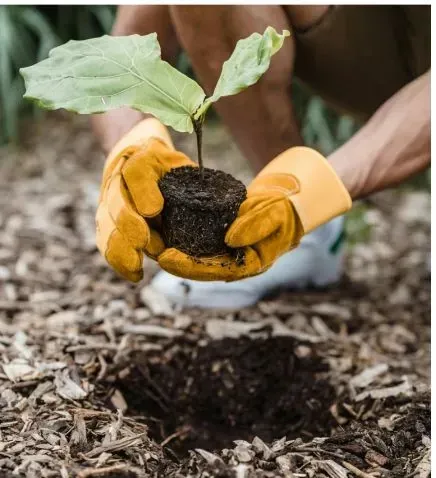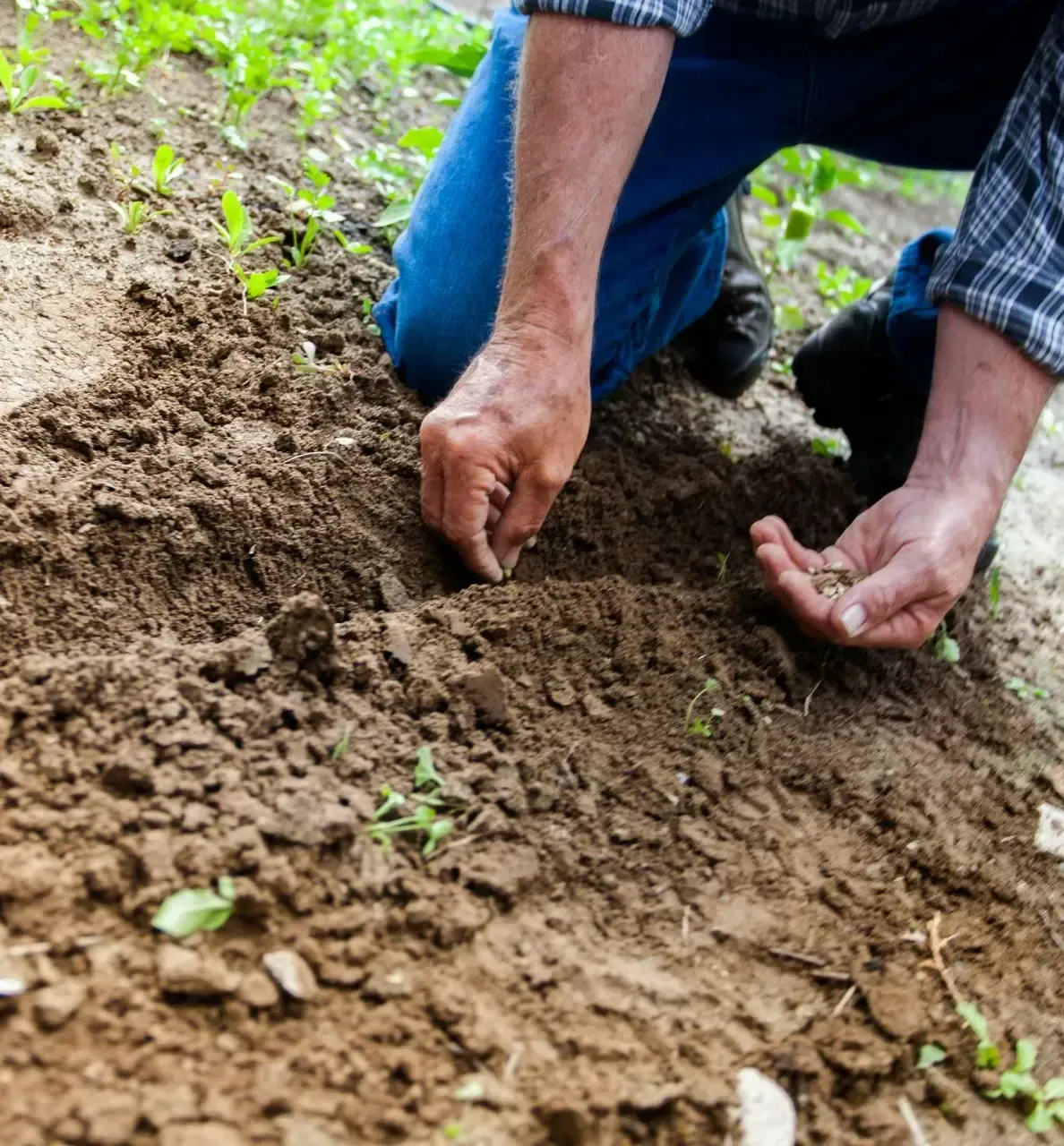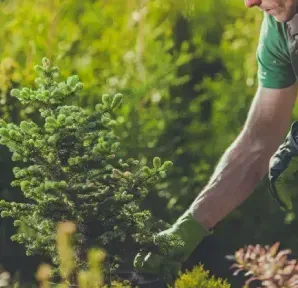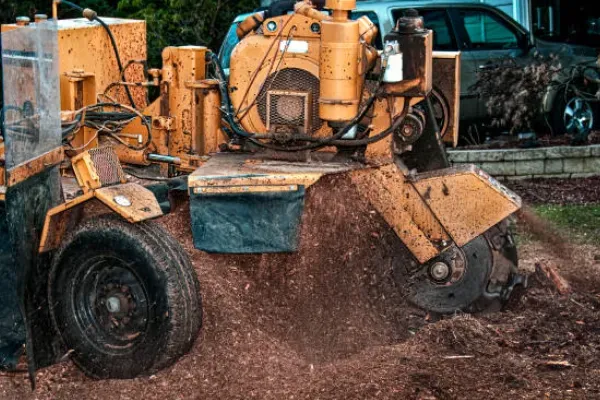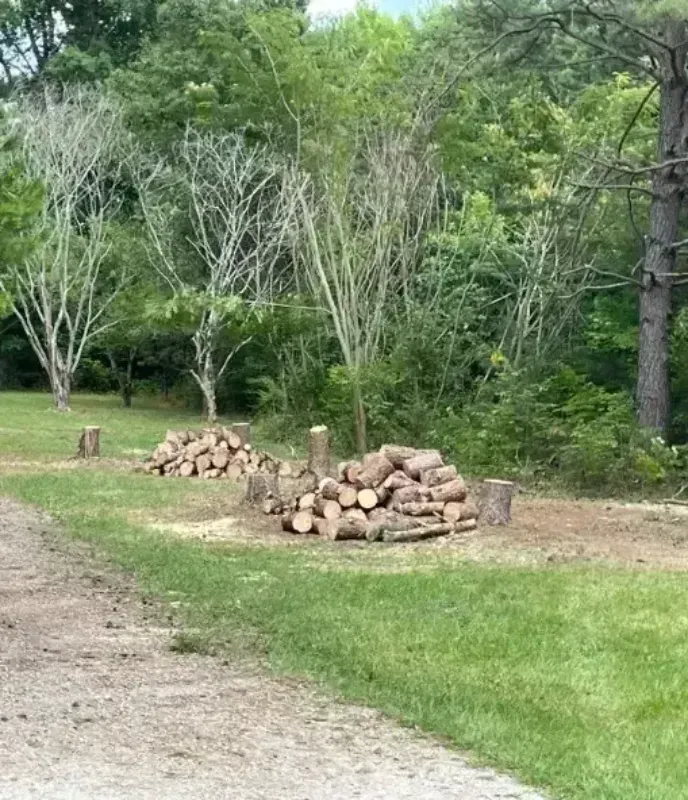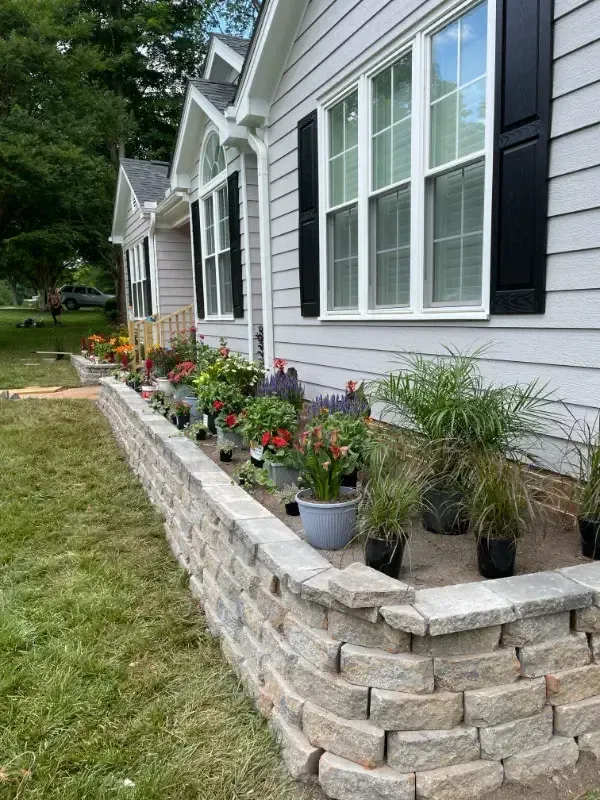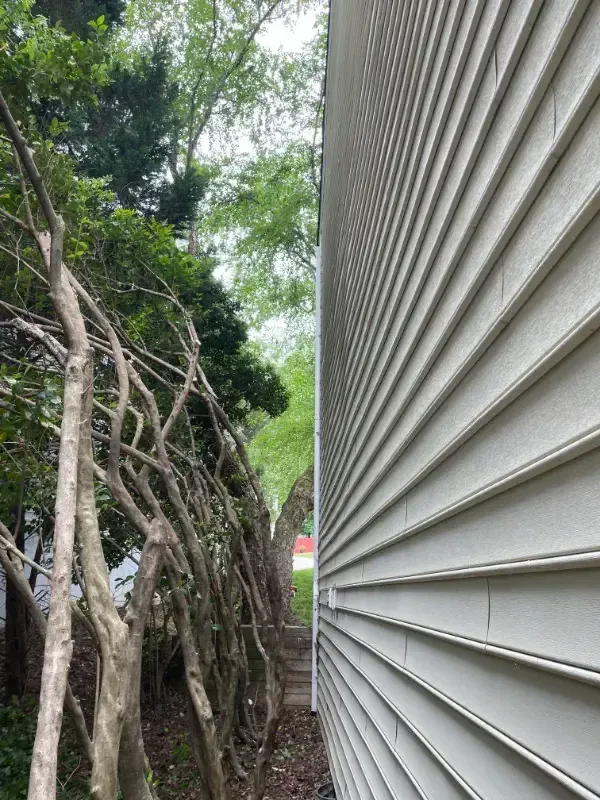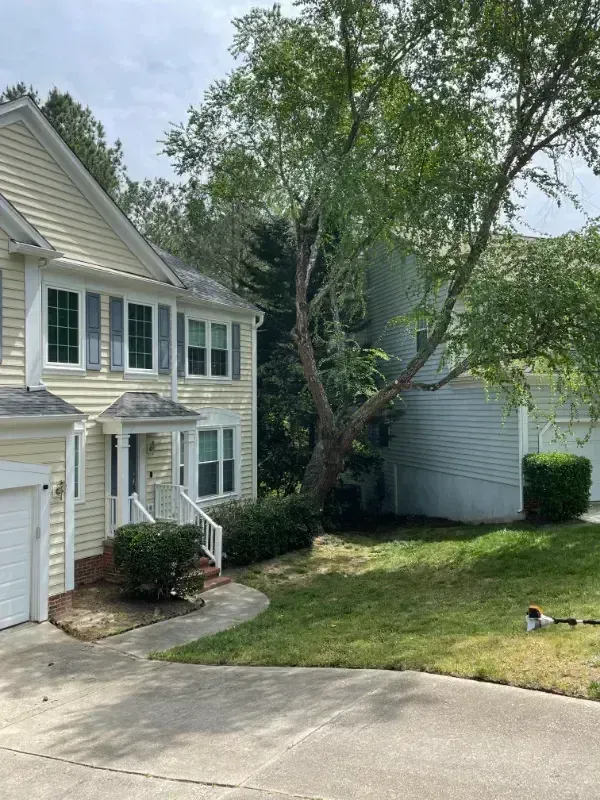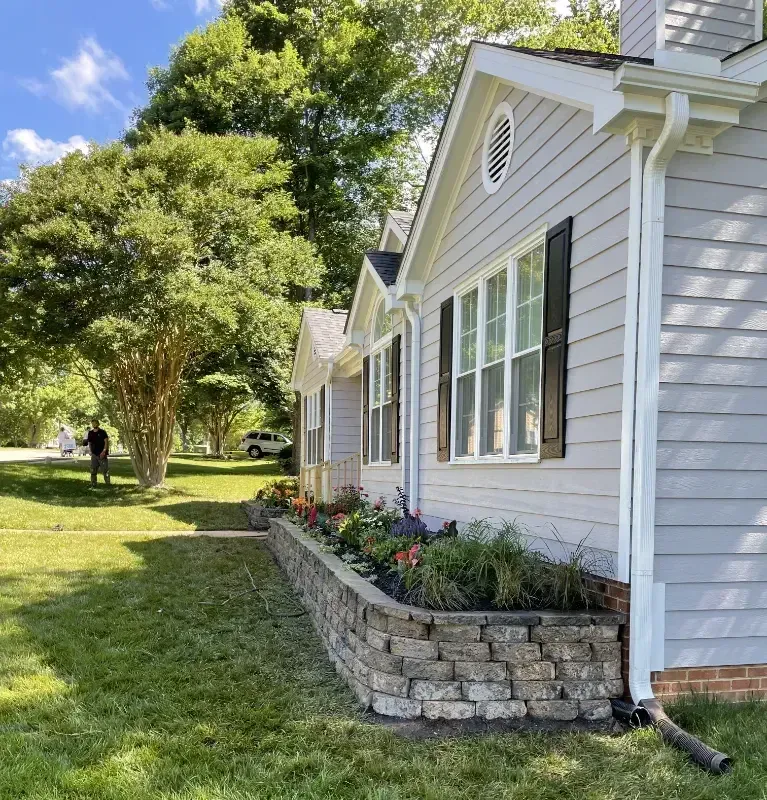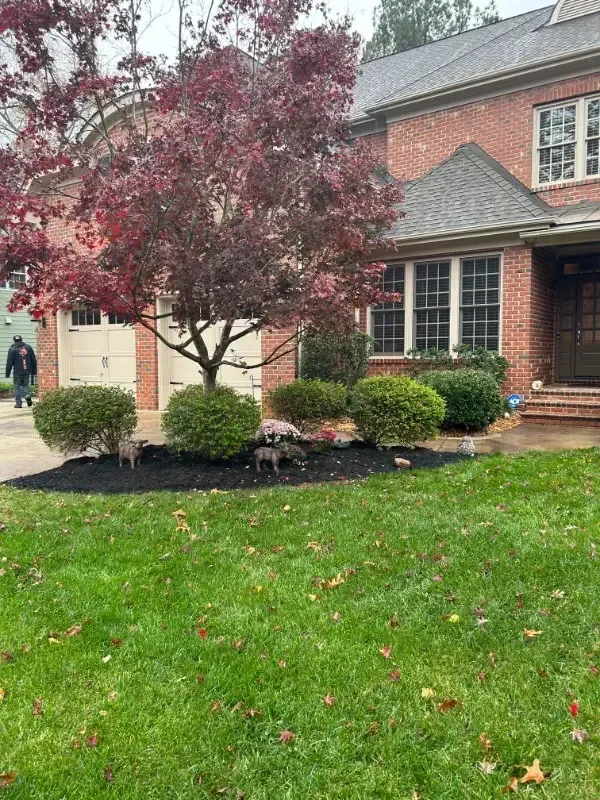Tree Planting Guide: Tips for a Thriving Landscape
Why Choosing the Right Tree Matters for Your Property
When it comes to tree planting, choosing the right tree for your property is essential for both aesthetic and practical reasons. A tree is a long-term investment that will influence your landscape for years, so it’s important to select one that fits well with your environment. Consider the tree's growth patterns, size, and environmental needs to ensure it thrives in your space.
A thoughtfully chosen tree can enhance your home's curb appeal, provide valuable shade, and even boost property value. However, selecting the wrong tree for the location can lead to problems such as overcrowding, weak branches, or expensive removals. Proper planning helps ensure your tree remains healthy and visually appealing for years to come.
Understanding Your Climate and Its Impact on Tree Selection
For successful tree planting, it's essential to select a tree that thrives in your local climate. Trees, like all living organisms, perform best when their environment matches their needs. A tree suited for cooler, wetter climates may struggle in a dry, hot region, and vice versa.
Researching native species or trees well-adapted to your climate ensures long-term success. Native trees typically require less water and maintenance because they are naturally suited to local conditions. By selecting the right tree for your environment, you promote healthy growth and ensure your tree’s longevity in your landscape.
Evaluating Your Soil Type and Drainage for Optimal Growth
Not all soil is created equal. The soil on your property plays a critical role in the success of tree planting. Different soil types—whether sandy, loamy, or clay-based—affect how well a tree establishes roots and absorbs nutrients. Understanding your soil is key to selecting the right tree for your landscape.
Equally important is the soil's drainage. Trees need water, but poor drainage can suffocate their roots. To test this, dig a small hole and fill it with water. If it doesn’t drain quickly, choose a tree species that thrives in wet conditions, or amend the soil to improve drainage and ensure healthy growth.
Considering the Tree’s Size and Growth Habits
When considering tree planting, it’s essential to account for the mature size of the tree, both in height and spread. While a sapling may seem manageable, it could eventually overwhelm your yard, crowd your home, or block important views. Different trees grow in various ways—some are tall and narrow, while others spread wide. Plan ahead for your tree's future size and shape to ensure it enhances your property without creating obstacles or hazards down the line.
Matching Trees to Your Property’s Aesthetic and Functional Needs
When planning tree planting, it’s important to select a tree that serves both functional and aesthetic purposes. Consider how the tree will fit into your yard’s needs—whether for shade, privacy, or seasonal beauty. A tree should enhance your space and serve a practical role.
For instance, flowering trees like magnolias offer charm and color, while evergreens provide privacy throughout the year. Shade trees can also reduce energy costs by keeping your home cooler in the summer. Thoughtful tree planting ensures that your tree complements your home and meets your landscape’s needs
Choosing Trees That Support Local Wildlife and Biodiversity
Selecting the right tree can greatly enhance your landscape and support local ecosystems. Certain tree species play a vital role in fostering biodiversity, offering food and shelter to a variety of wildlife, including birds and pollinators.
For successful tree planting, consider species that provide nuts, fruits, or flowers. Oaks, for example, sustain numerous wildlife species, while flowering trees attract essential pollinators like bees and butterflies. Choosing trees that promote biodiversity not only benefits the environment but also adds dynamic life and beauty to your property.
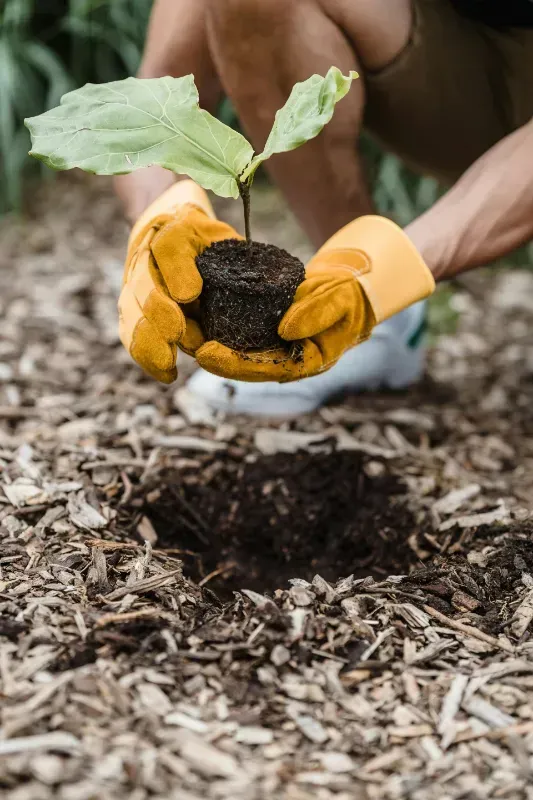
Low-Maintenance Tree Options for Busy Homeowners
Not all trees require constant attention, and for homeowners with limited time, low-maintenance options are an excellent choice. These trees are typically hardy, drought-tolerant, and resistant to pests and diseases, making them ideal for easy care after they are established.
For successful tree planting, consider species such as crape myrtle or ginkgo, which thrive with minimal care. These trees provide beauty and shade without demanding frequent maintenance, allowing you to enjoy a lush, healthy landscape without the ongoing effort.
Avoiding Invasive Species: What to Look Out For
While certain trees may initially seem attractive, they can pose significant issues later. Invasive species like tree-of-heaven or mimosa can outgrow native plants, disrupt local ecosystems, and damage structures. When planning your tree planting, it's essential to research species thoroughly and avoid invasives. Opt for native or non-invasive trees that integrate well with your landscape and support a healthy environment. Making informed selections ensures the long-term health of both your yard and the broader ecosystem.
Deciding Between Deciduous and Evergreen Trees
When planning tree planting, one important choice is whether to select a deciduous or evergreen tree.
Deciduous trees shed their leaves in the fall, creating vibrant seasonal changes and allowing more sunlight to reach your home during the winter. Evergreen trees maintain their foliage year-round, providing consistent privacy and greenery.
Reflect on your objectives and personal tastes when choosing. If you enjoy the colors of fall and changing seasons, a deciduous tree might be ideal. However, if you’re seeking year-round privacy and a low-maintenance option, an evergreen would be a great fit. Each type offers distinct benefits, so choose what aligns best with your needs.
Expert Tips for Planting and Caring for Your New Tree
After selecting the perfect tree, proper planting is key to ensuring its success. Dig a hole twice the width of the root ball but no deeper, and position the tree so that the root flare—where the trunk meets the roots—sits level with the surrounding ground. Backfill with soil, water thoroughly, and add mulch to help retain moisture.
Remember, tree care doesn’t end after planting. Consistent watering, especially during the first year, is essential for root establishment. Regular pruning and pest monitoring will keep your tree healthy. Ready to make your tree planting a success? Contact
Executive Tree Service in Creedmoor, NC, at
(919) 702-5904 today!
